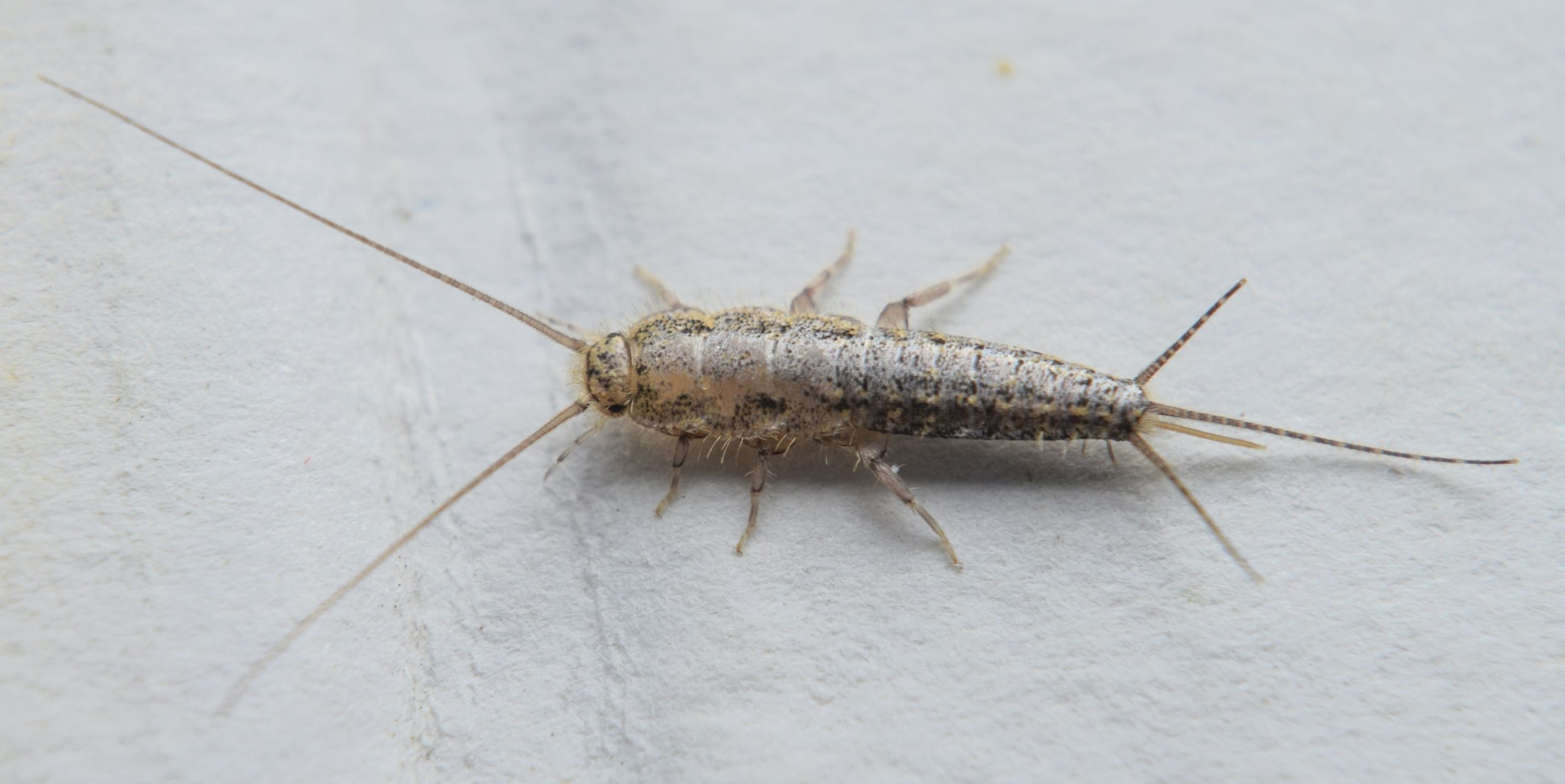
List comprehensions can contain complex expressions and nested functions: > vec = > # create a new list with the values doubled > # filter the list to exclude negative numbers > # apply a function to all the elements > # call a method on each element > freshfruit = > # create a list of 2-tuples like (number, square) > # the tuple must be parenthesized, otherwise an error is raised > įile "", line 1 ^^^^^^^ Synta圎rror: did you forget parentheses around the comprehension target? > # flatten a list using a listcomp with two 'for' > vec =, , ] >

Top of the stack, use pop() without an explicit index. Item to the top of the stack, use append(). The list methods make it very easy to use a list as a stack, where the lastĮlement added is the first element retrieved (“last-in, first-out”). For example, 3+4j < 5+7j isn’t a validĬomparison. Also, there are some types that don’t have a defined Integers can’t be compared to strings and None can’t be compared to 1 This is a design principle for all mutable data structures inĪnother thing you might notice is that not all data can be sorted orĬompared. Only modify the list have no return value printed – they return the default You might have noticed that methods like insert, remove or sort that index ( 'banana', 4 ) # Find next banana starting a position 4 6 > fruits. Equivalent to a.Īn example that uses most of the list methods: Reverse the elements of the list in place. Sort the items of the list in place (the arguments can be used for sortĬustomization, see sorted() for their explanation). Return the number of times x appears in the list.
#Remove method map full
The returned index is computed relative to the beginning of the full Notation and are used to limit the search to a particular subsequence of The optional arguments start and end are interpreted as in the slice Raises a ValueError if there is no such item. Return zero-based index in the list of the first item whose value is equal to x.

Will see this notation frequently in the Python Library Reference.) list. Is optional, not that you should type square brackets at that position. Square brackets around the i in the method signature denote that the parameter Is specified, a.pop() removes and returns the last item in the list. Remove the item at the given position in the list, and return it. Remove the first item from the list whose value is equal to x. The list, and a.insert(len(a), x) is equivalent to a.append(x). The first argument is the index of theĮlement before which to insert, so a.insert(0, x) inserts at the front of extend ( iterable )Įxtend the list by appending all the items from the iterable. Here are all of the methods of listĪdd an item to the end of the list. The list data type has some more methods. You can also use other ways to iterate through a map.įor (Map.Entry mapElement : m1.This chapter describes some things you’ve learned about already in more detail,Īnd adds some new things as well. In this example, you will traverse through a map in Java using the for-each loop and retrieve the values by the getValue() method. The only change is that you will have to pass the key of the value you wish to change, this time. You can also change the elements already added to a Java map using the same put() method to add elements. You will pass the key value in the remove() method, eliminating the associated value.Įxample: Changing Elements of a Map in Java This time you will use the HashMap class and the remove() method to remove elements from a map in Java. You will be using the HashMap class here to implement Java maps.Įxample: Removing Elements of a Map in Java In the example below, you will use the put() method to add elements to a map. Example: Adding Elements to a Map in Java You will use the most commonly used HashMap to perform these operations. Some of the primary operations you can perform on the maps in Java are: The Map interface in Java can be used with the classes that implement it, to perform various operations.

The flowchart diagram depicted below represents the hierarchy of Map interface in Java.ĭifferent Operations That Are Performed With Maps in Java TreeMap class implements the SortedMap interface that extends the Map interface. The LinkedHashMap class extends HashMap that implements the Map interface.


 0 kommentar(er)
0 kommentar(er)
